What We Learned Reviewing Dozens of Software Development Lifecycles

Sticky Notes, Whiteboards, and Why We Still Crave Simple Interfaces
August 27, 2025
How to Achieve CMMI Level 3 in 12 Months for Government Contracts
September 29, 2025If you’ve been in software development long enough, you know no two teams build the same way. Some swear by Agile standups, others lean on Kanban boards, and a few are still clinging to Waterfall like it’s a security blanket. After reviewing dozens of Software Development Lifecycles (SDLCs) across different industries, we’ve noticed some patterns that keep popping up.
The good news? Most of the challenges aren’t unique. The bad news? They’re costing teams more time, budget, and sanity than they realize.
Here are a few takeaways we think are worth sharing.
1. Shifting Requirements Break More Than Just Code
One of the biggest sources of rework comes from unclear or constantly changing requirements (see our blog on Top 3 Reasons Why IT Projects Stall for a deeper dive). Sure, scope creep means rewriting code, but it also means retesting, updating docs, and re-aligning with the business. We’ve seen teams spend half a sprint untangling the ripple effects of a single change.

Source: Microsoft Learn. End-to-end traceability with Azure DevOps. Retrieved September 23, 2025
One tip to manage this is using version control for requirements (just like code). Store user stories in Git or link them to commits in Jira/Azure DevOps to keep a clear history of what changed, when, and why. That traceability makes shifting requirements far less painful.
You don’t need to lock requirements in stone. You need a process that controls change before it buries your developers.
2. Documentation Still Matters (Even if No One Likes Writing It)
We get it, documentation isn’t anyone’s favorite task. But according to the Stack Overflow 2022 Developer Survey, 62% of developers spend over 30 minutes a day chasing answers in poorly documented code. That’s hours lost every week, proof that good docs pay for themselves.
When docs are missing or outdated, the pain shows fast. New hires can’t onboard, QA doesn’t know what “done” means, and devs waste hours chasing tribal knowledge. A simple fix we’ve seen is pairing each feature with a lightweight README or wiki entry right in the repo. When docs live where the code lives, developers are more likely to keep them up-to-date because it feels like part of the coding process, not an extra chore.
3. Testing Is All Over the Place
When it comes to testing, we’ve seen both extremes. Some teams have automated pipelines that catch issues before code ever hits production. Others are still running manual test scripts and hoping nothing breaks on release day. The difference in outcomes between those two setups is night and day.
When testing is inconsistent, it’s not just bugs that slip through. Confidence takes a hit too. Business users stop trusting the software and developers start dreading deployments. Teams that invest in test automation (writing scripts or using tools to automatically check code instead of testing everything by hand) see the benefits quickly. Even small steps can cut down on fire drills and make releases go a lot smoother.
4. Visibility Makes or Breaks Trust
If your executives can’t answer “How’s the project going?” without scheduling three status meetings, there’s a visibility problem. We’ve seen teams thriving with simple dashboards that track cycle time, bug counts, and throughput. We’ve also seen teams flying blind with no clear way to measure progress.
Transparency isn’t just for leadership. Developers want to know if they’re shipping value or spinning their wheels.
One trick we’ve seen is using a daily build status notification in Slack or Teams. It sounds simple, but a quick automated post that shows whether the build passed, how many bugs are open, or what’s moving to production keeps everyone in the loop without extra meetings.
5. Process Gaps Compound Over Time
A missed code review or skipped retrospective might not seem like much but repeated over months it adds up to serious technical debt. Most SDLC problems aren’t big explosions. Rather, they’re small inefficiencies that slowly pile up until projects crawl.
One tip we’ve seen work well is tracking recurring gaps for two sprints. If the same issue shows up (i.e. skipped reviews, unlogged bugs, missed test coverage) that’s a sign it is becoming debt. Fix it early before it drags down delivery.
Where Do You Start?

If any of these hits close to home, you’re not the only one. Every team has blind spots in their process. The key is to spot them early and fix them before they cost you momentum.
One way to start is by running an internal check-up:
- Map out your current workflow from requirements to release.
- Track a few key metrics like cycle time, bug counts, and rework.
- Look for areas where handoffs get messy or testing is inconsistent. Even a lightweight audit like this can reveal patterns worth fixing.
If you’d rather not spend all the time and effort pulling all of that together, our SDLC Efficiency Review is designed to shortcut that process. We dig into your workflows, metrics, documentation, and testing practices to uncover what’s working and what’s not. Then, we deliver useful recommendations you can put into action right away.




